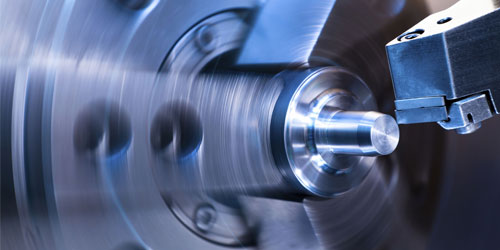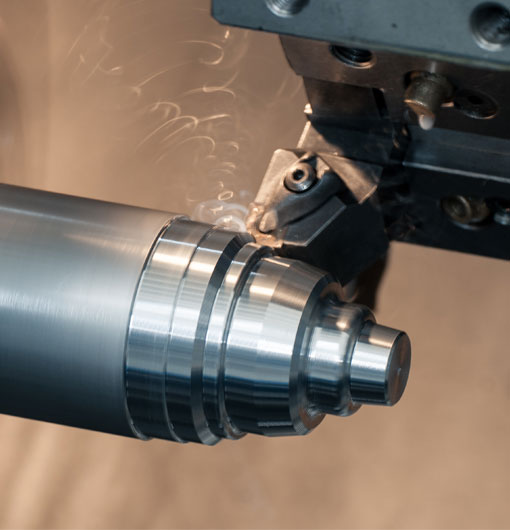The world of manufacturing has embraced computer numerically controlled (CNC) technology, and CNC lathes have become a pivotal player in the industry. This versatile equipment enables machinists to perform a wide range of turning operations with high precision and efficiency. This blog post will explore essential tips and techniques for mastering CNC lathe turning operations in various styles.
Understanding The Basics of CNC Lathe Turning Operations
CNC lathes are controlled by a computer, which receives instructions from a user-generated program and translates them into a set of commands for the machine. This process ensures the utmost precision and consistency across a multitude of turning operations. Some key turning operations include:
1. Facing:This is the process of removing material from the end of the workpiece to create a flat surface. Facing often requires the use of a facing tool, which moves perpendicular to the workpiece's rotation axis.
2. Grooving:Grooving involves cutting a notch or groove into the workpiece. This operation is performed using specialized grooving tools designed for precision cutting in various configurations.
3. Parting:Parting〞also referred to as cut-off〞separates a completed part from the remaining workpiece. A parting tool is inserted into the workpiece to create a thin channel, culminating in separation.
4. Drilling and Boring:Drilling creates a hole in the workpiece, while boring enlarges or refines an existing hole. Both operations are achieved using specialized drill bits or boring bars.
5. Threading:Threading creates screw threads on the surface of the workpiece, either internally or externally. Taps, dies, or thread-cutting tools are employed for this operation.
Now that we have an understanding of the various turning operations let's explore some essential tips and techniques to help you master the art of CNC lathe turning.
Tip 1: Choose the Right Workholding Technique
Proper workholding is crucial for any CNC lathe operation. The devices used to hold your workpiece in place should be well-suited to the specific turning application. Some common workholding techniques include 3-jaw chucks, 4-jaw chucks, collets, and faceplates. When selecting your workholding method, consider factors such as the size of the workpiece, the required level of precision, and any irregularities in the part's shape.
Tip 2: Select the Appropriate Cutting Tool
For each turning operation, select a cutting tool that is specially designed for that particular process. Keep in mind that various materials require different cutting tools, and selecting the right one will ensure optimal performance and longevity. Additionally, pay close attention to factors like cutting speed, feed rate, and depth of cut, as these can play a significant role in the tool's overall effectiveness.
Tip 3: Optimize Your Machining Parameters
Efficient CNC lathe operation is heavily dependent on optimal machining parameters. Experiment with different cutting speeds, feed rates, and depths to determine the best settings for your specific operation. As a rule of thumb, harder workpiece materials generally require slower cutting speeds, while softer materials can handle faster cuts. Precision parts, on the other hand, usually necessitate lower feed rates to ensure accuracy.
Tip 4: Maintain Proper Tool Positioning
The position of your cutting tool can significantly impact the outcome of a turning operation. Ideally, the cutting edge of the tool should be positioned at the same height as the workpiece's center to prevent unwanted deflection. Additionally, proper tool positioning helps to reduce the risk of chatter, which can negatively affect the part's surface finish.
Tip 5: Be Mindful of Chip Control
Effective chip control is essential for maintaining a clean, efficient workspace during your CNC lathe turning operations. Choose cutting tools with built-in chipbreakers to help manage chip formation and removal efficiently. Additionally, employ proper coolant techniques to aid in chip evacuation and temperature regulation.
By tackling the tips and techniques laid forth above, CNC lathe operators can greatly improve their turning prowess. Emphasizing proper workholding, selecting appropriate cutting tools, optimizing machining parameters, maintaining correct tool positioning, and prioritizing chip control are all integral components of a successful CNC lathe operation of varying styles. As you apply these suggestions, your turning operations will become more effective, precise, and efficient.
cnc lathe turning operation













